Lower eyelid surgery aims to address the sagging of this area, which can lead to eye dryness due to insufficient eye coverage. The issues to correct include:
From an anatomical perspective, the lower eyelid, like the upper eyelid, serves to protect and moisturize the eyeball by closing. Due to its position under the eye, the lower eyelid is more prone to rounding over time. Age-related loss of bony and fatty support on the cheek exacerbates this phenomenon of loss of coverage and dryness.
It is crucial to preserve the orbicularis muscle near the eyelid, which plays a role in dynamic support in this area. Care must be taken not to pull the lower eyelid down by avoiding excessive skin resection. In many cases, the surgical technique involves removing excess fat pockets from inside the eyelid, i.e., without scarring, without removing skin, and without touching the orbicularis muscle of the eye. Simultaneously, the cheek's support is reinforced by injecting fat.
The goal of this combined lipofilling technique is both aesthetic, to fill associated dark circles and prevent a hollow eye, and functional, to add support to the lower eyelid. If significant excess skin is present, it is often associated with underlying muscle laxity. A muscle tightening technique will address this excess while increasing lower eyelid support.
It's essential to note that crow's feet wrinkles, i.e., wrinkles that appear at the corner of the eye when smiling, are never treated by eyelid surgery. These dynamic wrinkles are exclusively treated with a muscle relaxant: Botox.
During the first consultation, as always, we will analyze your face together in front of the mirror in a benevolent manner.
For the lower eyelid, we will focus on its shape, internal support, laxity, and skin quality.
We will then analyze the presence and size of fat pockets and evaluate the presence of excess skin, as well as the shape and power of the orbicularis muscle of the eye.
Moving down to the cheekbone and the root of the nasolabial fold, we will measure the bony and fatty support that the middle third of the face provides to the lower eyelid.
Age-related fat loss and the separation of different fat compartments in the middle third of the face will also be analyzed.
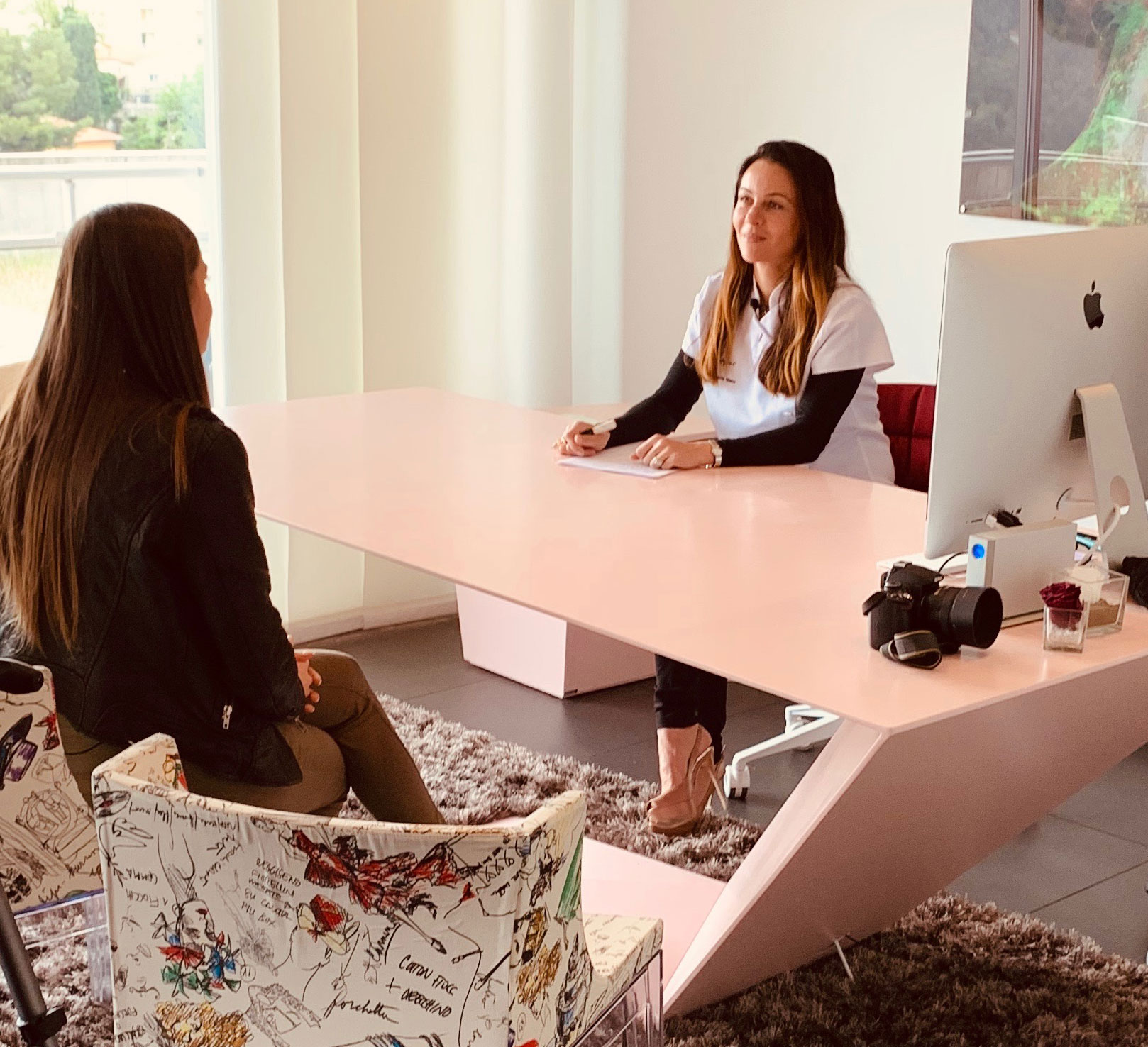
The surgery is performed on an outpatient basis, meaning you enter and leave the clinic on the same day. The service is located within the Saint George Clinic and is dedicated to aesthetic surgery.
Lower eyelid surgery is performed under light general anesthesia, without intubation. Depending on the chosen technique, this surgery lasts between just under an hour and two hours. This surgery does not require a bandage; only small strips can be applied for 24 hours.
Like any outpatient surgery, you cannot return home alone or be alone on the same evening. You are not allowed to drive for 24 hours after general anesthesia.
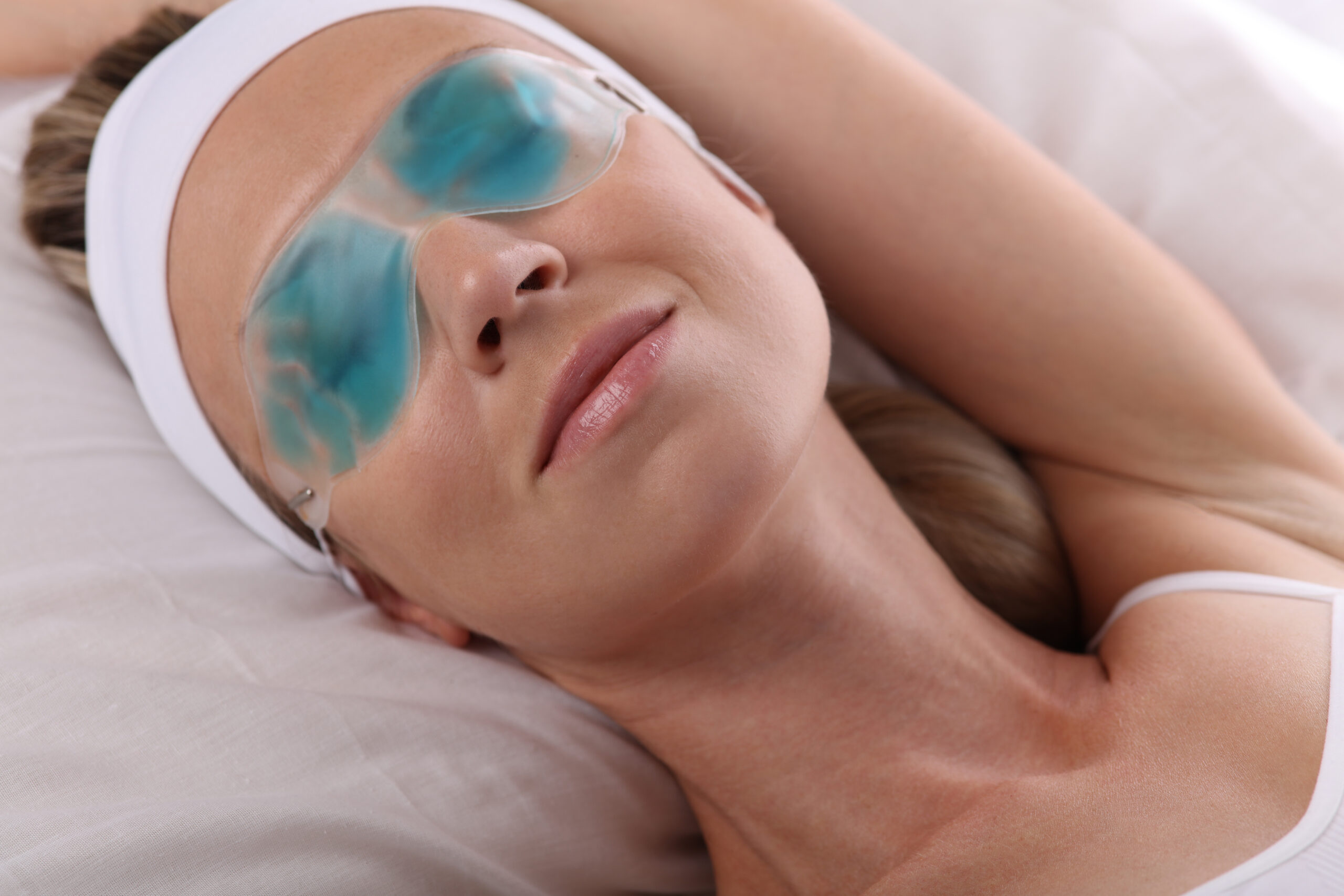
At home:
To minimize swelling as much as possible, we recommend sleeping on your back with two pillows for at least 15 days to three weeks.
Applying cold to the eyes and cheeks for at least 5 times 20 minutes each day, before sleeping and upon waking, is recommended.
Morning and evening care with drops and an eye cream should be done for 10 days. No sports for a month.
At the office:
Twice a week, you will receive LED treatments at the office to reduce swelling and its duration, improve the uptake of fat grafts, and check the care.
Additionally, regular appointments during the first month are reassuring for everyone. Remote checks are used to monitor progress.
It will then be essential (in my opinion) to preserve the result with hyaluronic acid injections every two years to prevent the development of puffiness.
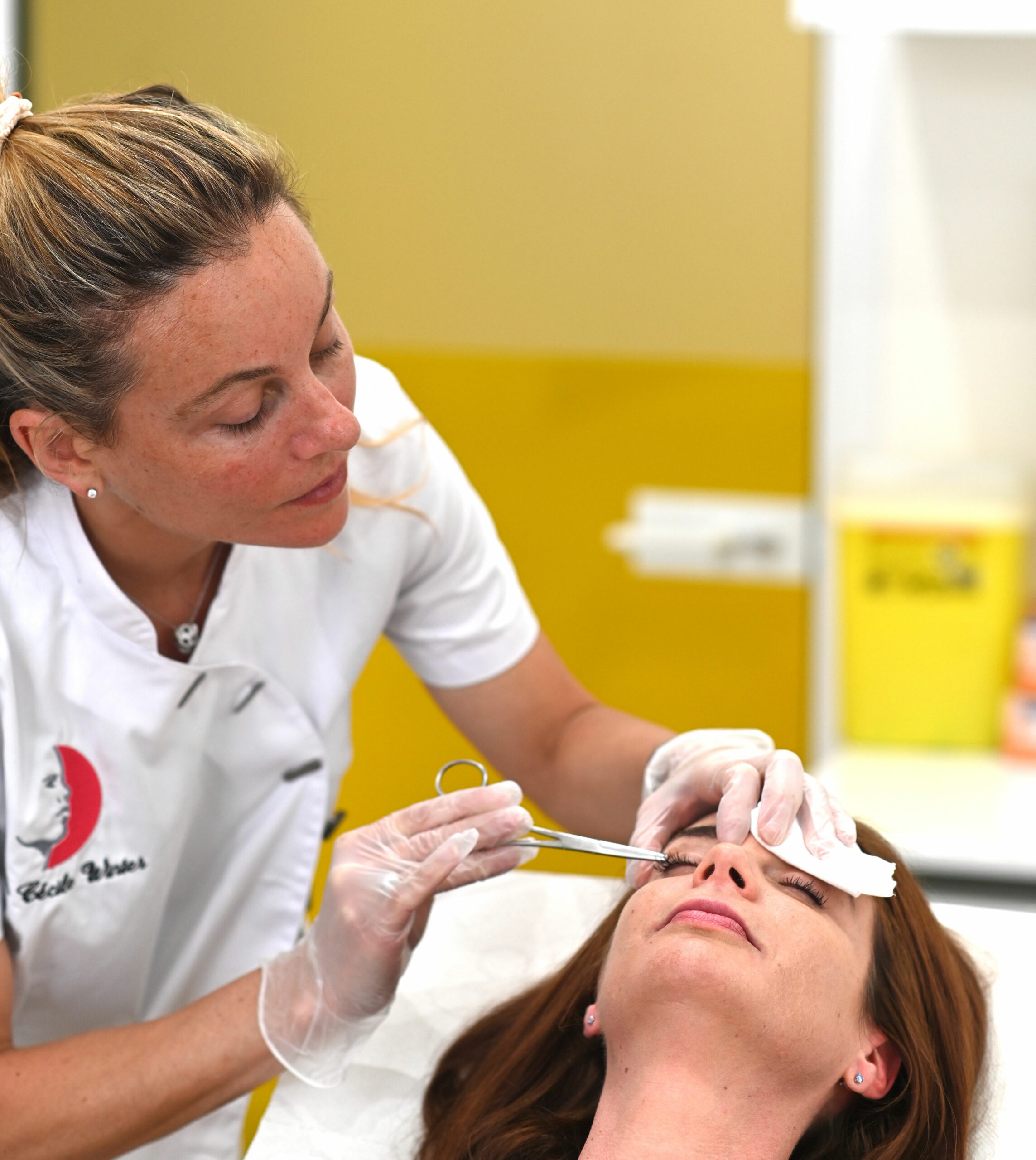
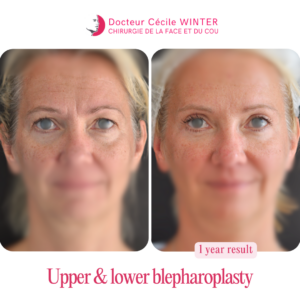
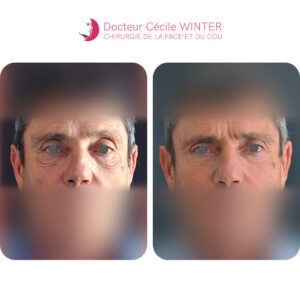
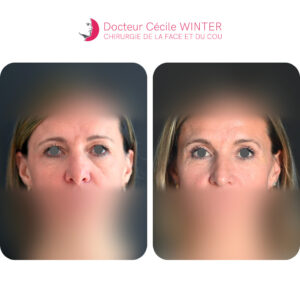
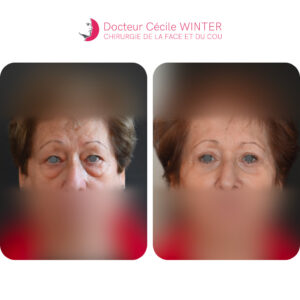
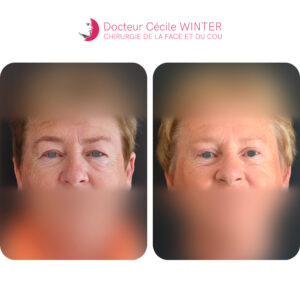
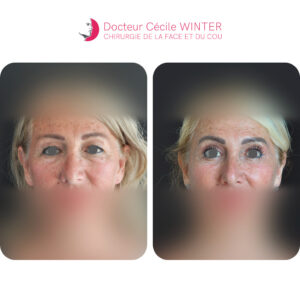
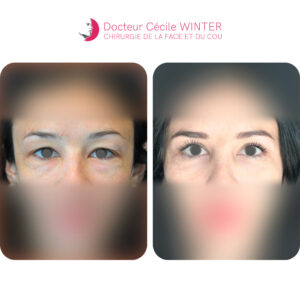



Upper and Lower Blepharoplasty with Lipostructure for Visual Fatigue
Patient presenting with visual fatigue due to hypertonia of the frontal and corrugator muscles (frown lines) and elongation of the upper eyelid, causing headaches at the end of the day. There is also a lack of support in the anterior cheek, leading to a loss of support in the lower eyelid, the appearance of a fat orbital pouch, and the beginning of rounding of the lower eyelid.
A transconjunctival upper and lower blepharoplasty, combined with lipostructure, was performed. This surgery restores normal upper and lower eyelid function, provides a healthy appearance, and eliminates visual fatigue. Muscle relaxation was achieved with botulinum toxin.






Facial Aesthetic Surgery and Prevention
The face is an extremely complex structure anatomically and very delicate aesthetically. Combining skills in facial surgery, aesthetic surgery, and aesthetic medicine allows for comprehensive and optimal care.
For this patient, an upper and lower blepharoplasty was performed with no visible scars to brighten the eyes. A lipostructure was carried out to enhance the cheekbones and improve facial contours. Additionally, hyaluronic acid injections were applied to the smile lines and jawline to harmonize and perfect the overall appearance.












Surgical Blepharoplasty
Visual fatigue is a common reason for consultation in facial surgery. The appearance of bags under the eyes and the lack of support for the lower eyelid can lead to dry eyes. Excess skin on the upper eyelid can also result in a reduced field of vision and headaches by the end of the day.
Surgical blepharoplasty is the gold standard treatment for bags under the eyes and excess skin on the upper eyelid. It is an outpatient procedure with excellent results and minimal discomfort for the patient.
The result shown here is observed one year after the procedure.